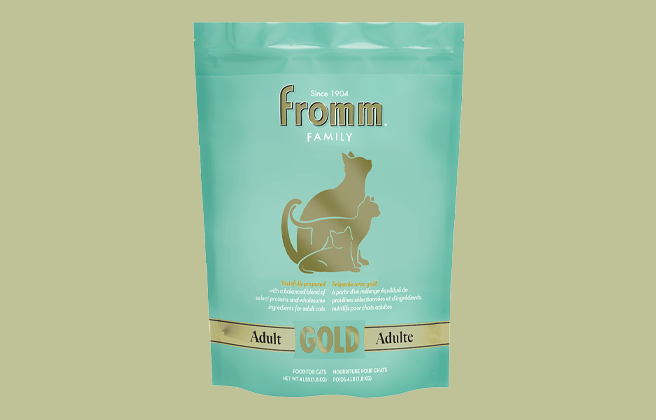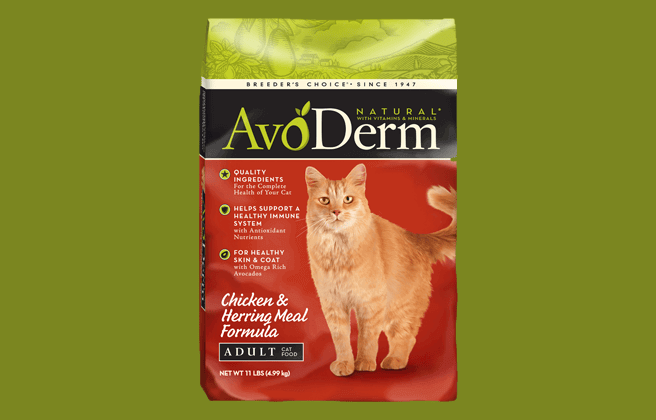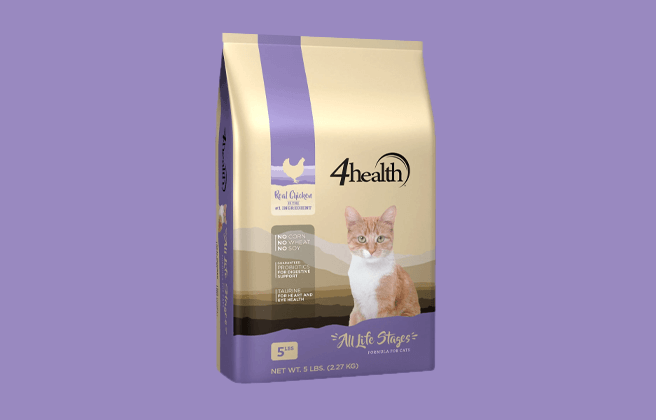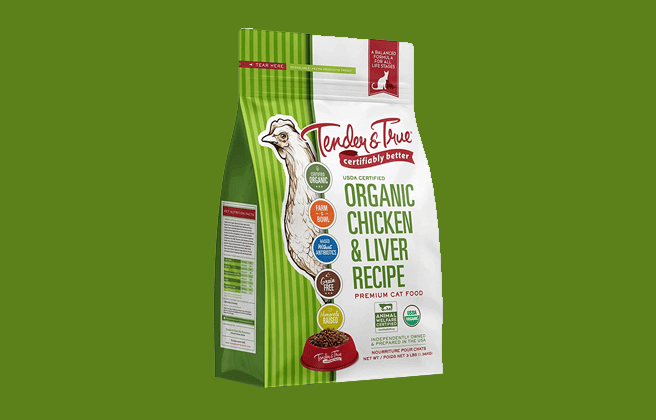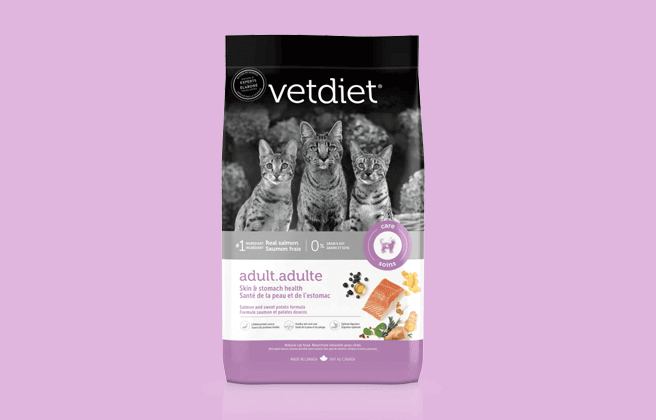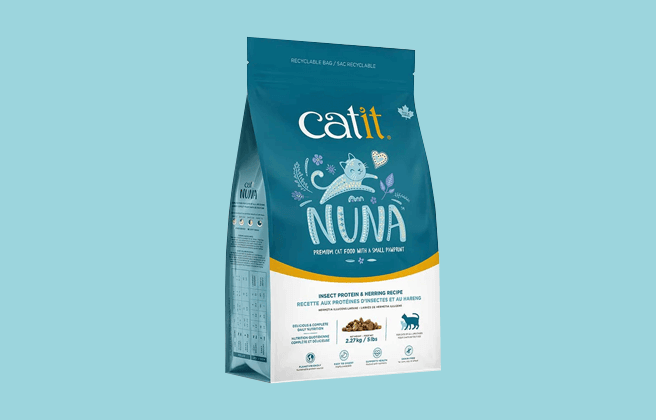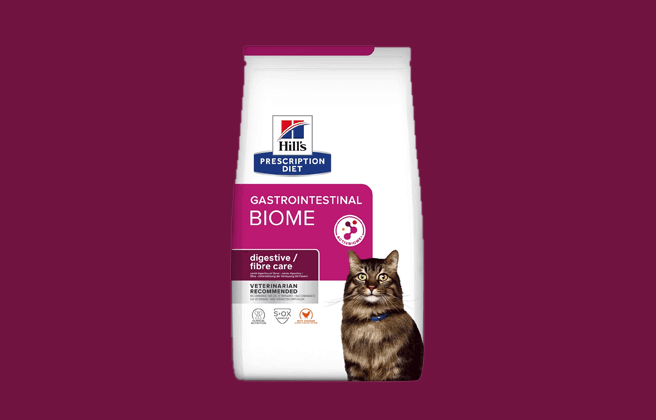
Our Verdict
The Hill’s Prescription Diet dry product range is made up of 24 recipes with ratings varying from 2 to 2.5 stars. The average rating of the whole range is 2-stars.
This product is tailored to meet a cat’s individual needs, particularly if they have a health condition and need a specialized diet to support therapeutic care.
Pros
- Science-led ingredients
- Wide range of products for different health conditions
- Quality protein ingredients
Cons
- Expensive
- Some recipes contain by-products
The table below shows each recipe in the range including our rating and the AAFCO nutrient profile: Growth (kitten), Maintenance (adult), All Life Stages, Supplemental or Unspecified.
| Product line | Rating | AAFCO |
|---|---|---|
| Hill's Prescription Diet Gastrointestinal Biome Stress Cat Food | 2.5 | M |
| Hill's Prescription Diet On-Care Dry Cat Food | 2 | M |
| Hill's Prescription Diet Metabolic Cat Dry Food | 2.5 | M |
| Hill's Prescription Diet Urinary Care c/d Multicare Stress Dry Cat Food with Ocean Fish | 2 | M |
| Hill's Prescription Diet Food Sensitivities d/d Cat Food | 2 | M |
| Hill's Prescription Diet Gastrointestinal Biome Digestive Care Cat Food | 2 | M |
| Hill's Prescription Diet Kidney Care k/d Early Stage Dry Cat Food with Chicken | 2 | M |
| Hill's Prescription Diet Kidney Care k/d Dry Cat Food with Tuna | 2 | M |
| Hill's Prescription Diet Urinary Stress Metabiolic c/d Multicare Stress + Metabolic Dry Cat Food with Chicken | 2.5 | M |
| Hill's Prescription Diet Urinary Care c/d Multicare Dry Cat Food with Chicken | 2 | M |
| Hill's Prescription Diet Kidney Mobility k/d + Mobility Cat Food | 2 | M |
| Hill's Prescription Diet Metabolic Metabolic Dry Cat Food with Chicken | 2.5 | M |
| Hill's Prescription Diet Weight Loss r/d Dry Cat Food with Chicken | 2.5 | M |
| Hill's Prescription Diet Mobility j/d Cat Food | 2 | M |
| Hill's Prescription Diet Liver Care l/d Cat Food | 2 | M |
| Hill's Prescription Diet Urinary Care s/d Dry Cat Food with Chicken | 2 | M |
| Hill's Prescription Diet Urinary Care c/d Multicare Stress Dry Cat Food with Chicken | 2 | M |
| Hill's Prescription Diet w/d Multi-Benefit Cat Food | 2.5 | M |
| Hill's Prescription Diet Thyroid Care y/d Dry Cat Food Original | 2 | M |
| Hill's Prescription Diet Kidney Care k/d Dry Cat Food with Chicken | 2 | M |
| Hill's Prescription Diet Diabetes Care m/d Dry Cat Food with Chicken | 2.5 | M |
| Hill's Prescription Diet Digestive Care i/d Dry Cat Food with Chicken | 2.5 | M |
| Hill's Prescription Diet Dental Care t/d Cat Food | 2 | M |
| Hill's Prescription Diet Food Sensitivities z/d Dry Cat Food Original | 2 | M |
Save up to 35%
with Autoship
See discount in cart
Recipe and Label Analysis
Hill’s Prescription Diet Gastrointestinal Biome Stress Cat Food was selected to represent the other products in the line for a detailed recipe and nutrient analysis.
Label and nutrient data below are calculated using dry matter basis.
Hill's Prescription Diet Gastrointestinal Biome Dry Cat Food
Estimated Dry Matter Nutrient Content
Protein
Fat
CarbsCarbohydrates
Meat and animal derivatives (chicken 14%), cereals, vegetable protein extracts, derivatives of vegetable origin, oils and fats, fruit, minerals, seeds, milk and milk derivatives. highly digestible ingredients: chicken and turkey meal, maize protein meal, animal fat, broken rice, maize, rice protein, fish oil, vegetable oil. activbiome+ prebiotic blend (9.6%): ground pecan shell, dried beet pulp, flaxseed, dried citrus pulp, dried cranberries.
Fiber (estimated dry matter content) = 5.3%
Red denotes any controversial items
Ingredients Analysis
The first ingredient is meat and animal derivatives. In EU pet food ingredients lists there is the option to list the names of each individual ingredient in descending weight order, as we see in AAFCO declarations. The other option is to declare groups of ingredients as categories including meat and animal derivatives.
The second ingredient is cereals. Cereal grains nutritionally similar to barley.
The third ingredient is vegetable protein extracts. In EU pet food ingredients lists there is the option to list the names of each individual ingredient in descending weight order, as we see in AAFCO declarations. The other option is to declare groups of ingredients as categories including vegetable protein extracts. By using category declarations this cat food recipe is not fixed, but can include different ingredients at different points — so long as the guaranteed analysis and ingredient categories listed remain the same. This gives the brand space to adjust its recipe to use ingredients which are more readily available or less expensive. The ingredient can come from any combination of vegetables which can make identifying specific food allergens impossible. Even though vegetable protein extracts contain over 50% protein, this ingredient would be expected to have a lower biological value than animal protein and we do not consider an anonymous generic ingredient such as this to be a quality item.. And less costly plant-based products like this can notably boost the total protein reported on the label – a factor that must be considered when judging the actual meat content of this cat food.
The fourth ingredient is derivatives of vegetable origin. In EU pet food ingredients lists there is the option to list the names of each individual ingredient in descending weight order, as we see in AAFCO declarations. The other option is to declare groups of ingredients as categories including derivatives of vegetable origin.
By using category declarations this cat food recipe is not fixed, but can include different ingredients at different points — so long as the guaranteed analysis and ingredient categories listed remain the same.
This gives the brand space to adjust its recipe to use ingredients which are more readily available or less expensive. The ingredient can come from any combination of cereals, vegetables, legumes and oil seeds — which can make identifying specific food allergens impossible.
Even though derivatives of vegetable origin can be nutritous, we do not consider an anonymous generic ingredient such as this to be a quality item.
The fifth ingredient is oils and fats. In EU pet food ingredients lists there is the option to list the names of each individual ingredient in descending weight order, as we see in AAFCO declarations. The other option is to declare groups of ingredients as categories, including oils and fats. By using category declarations this recipe is not fixed, but can include different ingredients at different times — so long as the guaranteed analysis and ingredient categories listed remain the same. This gives the brand space to adjust its recipe to use ingredients which are more readily available or less expensive. The oils and fats can come from any combination of animal and vegetable oils and fats — which can make identifying specific food sensitivities impossible. Even though oils and fats are beneficial ingredients routinely found in pet foods, we do not consider an anonymous generic ingredient such as this to be a quality item.
The sixth ingredient is fruit. Most fruits can be considered a reasonable source of digestible carbohydrates. And they can also provide dietary fiber as well as plant-based vitamins and minerals.
However, aside from their caloric energy content, fruits are typically of only modest nutritional value to a cat.
The seventh ingredient is minerals. Minerals are included in this ingredients list, as in Europe ingredients are declared a little differently. In the U.S. our nutritional additives are listed within our ingredients list. In Europe, ingredients and additives are listed separately. For that reason the category of minerals includes those elements which are classed as an ingredient, rather than an additive, such as calcium carbonate and magnesium oxide. These elements contribute to the nutritional balance of a food, so we see their inclusion in this product as a positive.
The eighth ingredient is seeds. Seeds are generally a good source of plant-based fatty acids that are also rich in vitamins, minerals and dietary fiber. As we do not have more information regarding which seeds are included in this formula, we are unable to provide any further insight on this ingredient.
From here the list goes on to include a number of other items. But to be realistic, ingredients located this far down the list (other than nutritional supplements) are not likely to affect the overall rating of the product.
However this recipe contains dried beet pulp. Beet pulp is a controversial ingredient, a high fiber by-product of sugar beet processing.
Some denounce beet pulp as an inexpensive filler while others cite its outstanding intestinal health and blood sugar benefits.
We only call your attention here to the controversy and believe the inclusion of beet pulp in reasonable amounts in most cat foods is entirely acceptable
Save up to 35%
with Autoship
See discount in cart
Nutrient Analysis
Based on its ingredients alone, Hill’s Prescription Diet Gastrointestinal Biome Stress Cat Food looks like an above-average dry product.
The dashboard displays a dry matter protein reading of 36%, a fat level of 16.9% and an estimated carbohydrate level of 39.1%.
As a group, the brand features an average protein content of 34% and a mean fat level of 17.7%. Together these figures suggest a carbohydrate content of 40.3% for the overall product line, alongside a fat-to-protein ratio of 53%.
This means the Hill’s Prescription Diet dry product line contains near-average protein, carbs and fat when compared to typical dry cat food.
Final Word
Hill’s uses qualified experts to formulate its products in one of the world’s leading research facilities. There are blends that are great for cats of all ages, from kittens to seniors as well as recipes to suit cats with health conditions such as diabetes, obesity and a sensitive stomach.
Has Hill's cat food been recalled in the past?
Yes, there have been several recalls. Details can be found on the Dog Food Advisor, but in summary:
In 2007, there was an industry-wide recall which impacted Hill’s, due to food being contaminated with melamine. The contamination resulted in severe sickness and death among cats and dogs.
In 2014, there was another recall of Hill’s dog food, due to potential salmonella contamination.
A year later, Hill’s initiated a market withdrawal which affected several dog food varieties. The recall was a result of labeling issues.
In late 2019, Hill’s was also forced to recall canned dog food from their Prescription and Science Diet lines. This was a result of unusually high vitamin D content. High vitamin D levels cause blood calcium to rise, resulting in organ failure and possibly death.
However, this did not just affect Hill’s. About two months later, other pet food brands were recalled over vitamin D-related issues.
You can view a complete list of all cat food recalls since 2021 here.
To stay on top of any cat food product recalls, sign up for our free email alerts, here.
About
Hill’s Pet Nutrition is an international pet food brand that’s known for selling scientifically developed foods.
The company was first founded in 1907 by Burton Hill as a rendering service with a contract to dispose of dead and lame animals in Topeka, Kansas.
It has come a long way since, now employing a team of more than 220 veterinarians, nutritionists, technicians, and food scientists to develop pet foods in the Hill research facility that’s still located in Topeka.
Sources
Best cat foods
We uphold the highest editorial standards when creating the authoritative content pet parents rely on and trust.
Every piece of clinical content on the Cat Food Advisor is reviewed by our certified Veterinary Advisory Board, which consists of licensed veterinarians and medically certified specialists.
Our reviews are completely independent; we are not paid by any pet food company to promote their products favorably. We do not accept money, gifts, samples or other incentives in exchange for special consideration. For more information see our Disclaimer & Disclosure page.






